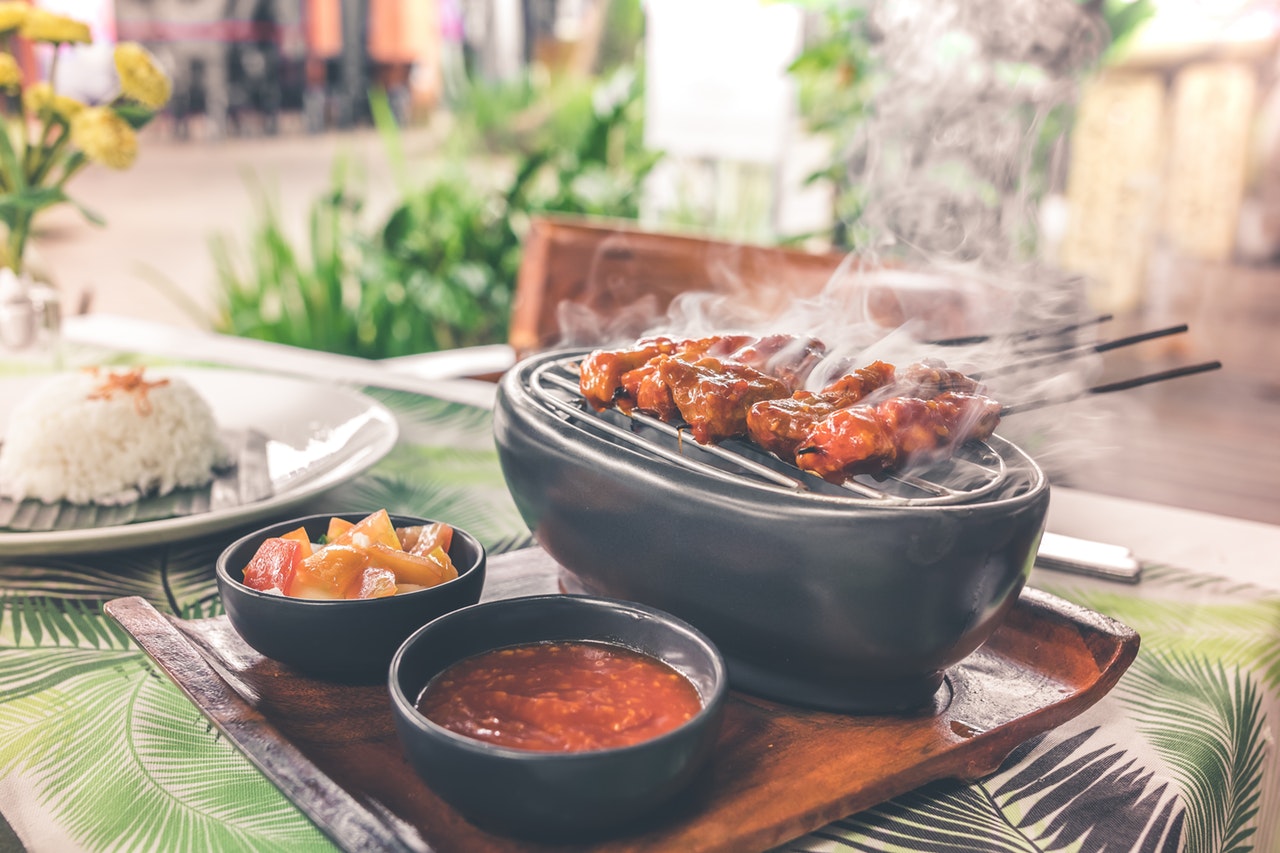6 Migraine Food Triggers to Avoid
Migraine is similar to a severe headache, usually beginning on one side of the head. However, the accompanying symptoms which can include nausea, vomiting, extreme visual disturbances, and sensitivity to noise or light render it more like an illness. Sufferers frequently have to take suitable migraine relief or rest in a darkened room for several hours until the attack subsides. With a typical migraine lasting up to seventy-two hours, it can cause severe disruption to work schedules, home life and leisure time. This leads to an estimated loss of 25 million days from work or school every year in the UK, according to the International Headache Society.
There are many different causes of migraine, but a common trigger is food sensitivity. Individual migraine sufferers often react differently to certain foods, so it is helpful to keep a diary on what type of meals or snacks are followed by a migraine. The foods listed below are amongst the most common for starting a migraine attack.
- Spicy Food
One of the main culprits in causing a migraine attack is an amino acid called tyramine. It is found in several of the ingredients used in spicy dishes, particularly in Chinese cuisine. Oriental flavorings including teriyaki, soy, and fish sauces contain high levels of tyramine. Chili peppers react with sensitive pain receptors to increase the risk of migraine. Choose plain, fresh foods to avoid triggering an attack.

- Bananas
Bananas also contain tyramine and as they ripen, the level rises. Although tyramine occurs naturally in the body, when the amount becomes excessive, it causes a sudden increase in blood pressure leading to a migraine. Very ripe or dried slices of banana have the highest levels of tyramine. However, bananas are packed with vitamins, including riboflavin (B2) which helps the mitochondria of the body’s cells to function efficiently, and minerals such as magnesium that promote restful sleep. Recent research suggests that migraine sufferers can actually benefit from eating bananas, provided they are not too ripe.
- Citrus Fruit
Tyramine is also present in citrus fruits such as oranges, lemons, and grapefruits. When ingested in large quantities, it activates the body’s survival mechanism through the production of norepinephrine. This increases the speed of the circulation and heart rate, then combined with adrenaline prepares the body for flight or fight. Although citrus fruits and juices contain vitamin C, the high level of citric acid can upset the blood’s pH balance and trigger a migraine.
- Aged Cheese
Traditional aged cheeses such as vintage cheddar, gorgonzola, stilton, and blue-veined varieties undergo a fermentation process in order to give them long-lasting qualities. The method involves adding live bacterial cultures which eradicate lactose but produce high levels of phenylethylamine and tyramine. Young cheese such as ricotta and cottage cheese are considered safe for migraine sufferers.
- Chocolate
One of the principal ingredients of chocolate is cocoa butter, which contains tyramine, phenylethylamine, and caffeine. There are also nitrates which form nitric oxides, these increase the circulation of the blood and dilate the linings of the blood vessels. As chocolate becomes darker with higher percentages of cocoa solids and nitrates, the more likely it is to cause a migraine. For a chocolate treat without the risk of a migraine opt for white chocolate. Alternatively, enjoy a slice of chocolate cake which is made with cocoa powder, an ingredient that doesn’t contain cocoa butter.
- Lower Caffeine intake
Caffeine is an addictive substance that is present in tea, coffee, cola style dinks, and some medications specifically for migraine relief. Nutritionists recommend an average daily intake of four or five servings of tea or coffee to prevent becoming dependent on caffeine. Many people consume much larger quantities than this throughout the day but reducing the level of caffeine too quickly can cause a headache.
Suddenly ceasing to drink anything with caffeine in it will prompt withdrawal symptoms accompanied by a severe headache. However, studies have found that caffeine abstinence is associated with more effective treatment of migraines among sufferers. So you should try to replace one or two cups with herbal tea or water to begin with, and gradually reduce the amount of tea or coffee. Decaffeinated versions are helpful, but they also contain slight traces of caffeine.
If you have tried avoiding any possible dietary triggers but are still suffering from migraines, then you should consult a doctor.

